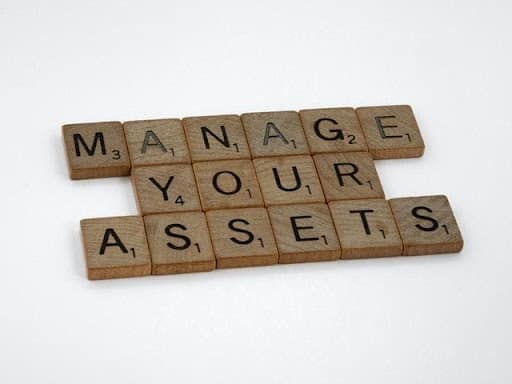Proper asset management is a critical function in any business, especially those that own and use many such goods. Yet, effectively tracking and handling assets over the years isn’t as easy as it might sound and takes strategic decision-making and helpful processes.
You can ensure asset management works better in your business by avoiding the following mistakes.
Mistake: Not Streamlining Asset Information and Responsibilities
One of the big mistakes many companies make is having too many people know a little bit about asset status, but no one person or team having all the information and responsible for handling it. Delegating the role and having clear processes for how assets are tracked and managed will reduce the risk of errors and mishandling occurring or vital details getting lost along the way.
When you set up an individual or small team to handle asset management in your organization, there’s less double-up of duties and miscommunications, and you can ensure that processes, technological tools, and your workforce all align.
Mistake: Not Paying Attention to Asset Lifecycle
Like any device, the assets we use in our ventures have a lifecycle over time. Unfortunately, many entrepreneurs don’t set things up so that there’s enough attention paid to devices’ lifecycles as the years go on. We need to understand these lifecycles so we’re clear on the process of asset-related tasks that link together.
For example, there’s planning out which tools are required for the organization, researching them, getting quotes, and eventually purchasing them. Once the firm owns the gadgets, it’s necessary to manage, track and maintain the goods, and then, finally, retire them once they get to the end of their life and break down or become obsolete.
Companies must dispose of wares carefully, wiping them clean to remove sensitive data and carefully recycling or binning them, all while abiding by eco-friendly practices and legal regulations. Effective asset management involves knowing exactly where each piece of equipment sits in its lifecycle and being able to access this data right away when needed.
Mistake: Failing to Utilize Technology
If you’re not currently utilizing helpful tech tools to track and manage assets in your business, you’re making a mistake. Apps and other software programs will help you and your team save time, energy, and money, not to mention minimize manual status and maintenance update errors that might cause problems.
For example, RFID asset tracking tools will help you locate items in real-time if they ever get stolen or lost. Plus, you can set up remote control of assets where required, so team members can patch into them from anywhere in the world if there are issues with the devices or they need updating.
Rather than using time-consuming hand counts and spreadsheets annually to keep an eye on your firm’s assets, you should also take advantage of a comprehensive asset management system online. There are many products on the market now, many of them cloud-based that sync automatically and can be accessed remotely by those with appropriate logins.
Such digital offerings keep track of all the equipment the business owns and the locations of the pieces, plus the software can send maintenance update alerts and other notifications. These tech solutions also make it simple to print and analyze reports and handle audits. However, be sure to choose a system that can scale with your business as time goes on and your asset numbers increase.
Mistake: Missing Out on Depreciation Factors
If you want to save some more money each year and keep your accounting and other financial information current, pay attention to the depreciation of all the assets in your organization. Some people make the mistake of not tracking depreciation details, or they fail to make intelligent decisions about when to decommission aged products and invest in new tools in a well-timed way to minimize tax costs.
If you plan carefully and speak with your accountant or another advisor on the matter, you should be able to manage assets in a way that means you don’t pay more than necessary on tax and insurance costs, nor via maintenance needs.
Note that the asset management software mentioned above can typically calculate depreciation for you once the necessary purchasing details are inputted, too, which makes life easier.
Asset management can be a tricky area to get right, so do yourself and your organization a favor by avoiding all the mistakes mentioned.
